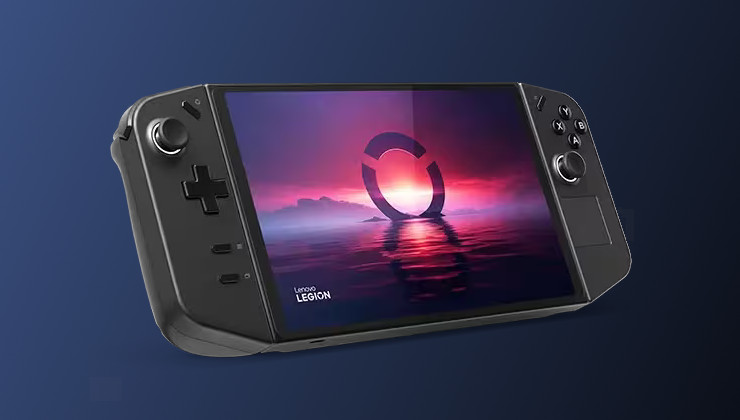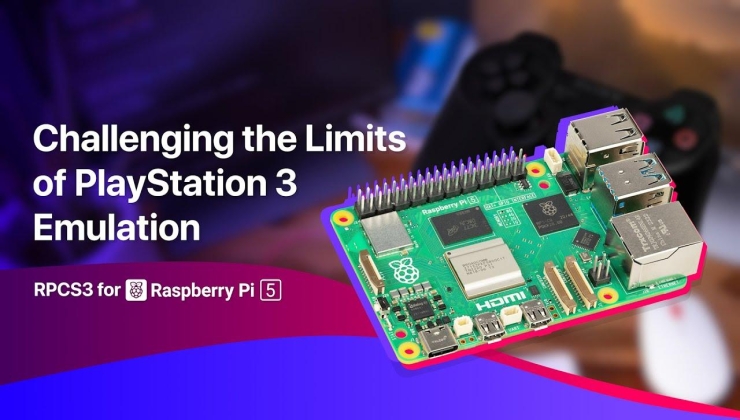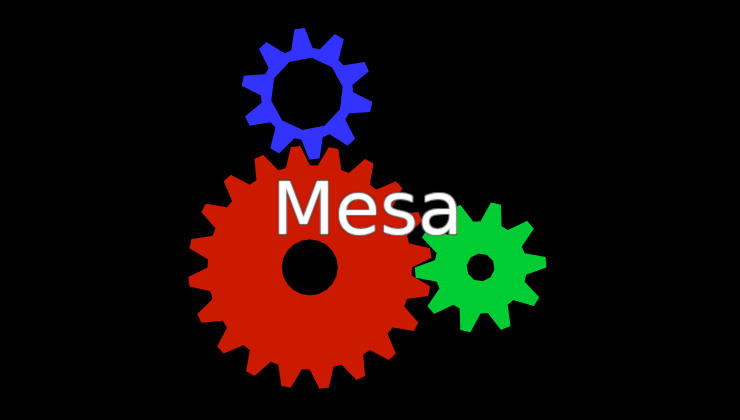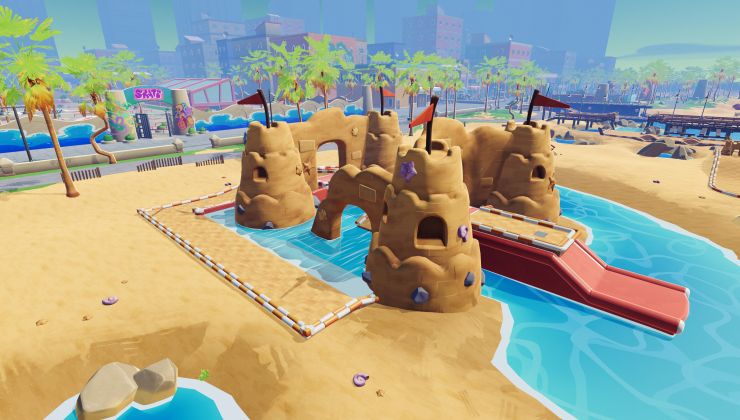Welcome back, fans of The Funding Crowd! As a special feature celebrating the first year of our articles, we bring you our first developer interview. Please meet Daniel Swiger, creator of Shattered Time and Chronicles of the Rift projects. The former, Shattered Time, was an ambitious attempt to crowdfund both an open source RPG-building system and an RPG built upon it, with free licensing for all game assets produced, both code and content. Chronicles of the Rift continues toward the same goals but with a change in funding strategy, focusing on an initial release of just the open source RPG tools, with the actual game part of Shattered Time postponed for a later separate project.
Of course we questioned him about his crowdfunding forays, but we also wanted to know about his backgroung, motivations, and preferences both programming- and gaming-wise, as well as his thoughts on the whole indie gaming scene.
So ladies and gentlemen, without further ado, this is what Daniel had to say to us:
TFC Team: What are your favorite Open Source projects? Favorite CRPGS?
DanielI would have to say Blender. It is such an incredibly powerful program, with so many features and capabilities. It has come so far in the last few years it not only stands against the professional competition, it really is a competitor. And when it comes to the sheer number of features and implementation, it actually wins.
Gimp and MyPaint are both excellent programs which bring serious question to the value of their professional counterparts as well.
Favorite CRPG would fall to Baldur's Gate II. Just an absolutely amazing game, with a great story that really responded to player interaction in ways that no other game has actually matched since, in my opinion. And the hand drawn style of the art has withstood the test time better than just about any other game, apart from looking a little low-res next to a 1080p game, it's still absolutely beautiful. Definitely a heavy inspiration in the core design of Chronicles of the Rift, and eventually, Shattered Time.
Other games I loved, the original Dungeon Siege and Neverwinter Nights, The Witcher, Dragon Age Origins, Mass Effect, but have never felt like anything really compared to the classic Infinity Engine games.
Your G+ page talks about your musical background, and we know you have published a fantasy novel, The Islands of Perpetual Light. What inspired you to create games?
DanielIt was really a combination of factors. I loved the concept of telling a story through a video game in my early teens and that got me into 3D modeling for a few years, and I actually had quite a bit of experience in programming going back to age 9. I hated it at the time though, so I pretty much ended up losing interest in the insurmountable-looking barrier of ever developing a game on my own. I had no desire to be involved in the industry as it was at the time. To a teenager in the 90s it just looked like games were made by suits in cubicles.
While that probably wasn't the most accurate portrayal, it pushed me in a different direction. I focused on writing stories, and eventually got into music by way of a guitar.
Around a decade later the Indie Development scene was suddenly on the map. I developed a lot of respect for people who had managed to develop their own game, in what was certainly against all odds just a few years ago. I decided it was time to revitalize an old dream and ended up actually loving working with code. Scripting and programming countless details and concepts, and ending up with something almost tangible, is very rewarding.
While having a scattered background in writing, music, modeling and graphic arts is very jack-of-all-trades in virtually anything else, in game design it makes for bit of super-powered cocktail. :D
Speaking of creative talents, are you planning to do the graphics for this project in addition to programming, writing, and music? Is there any custom art in the current early concept demo, or is it just stock art so far?
DanielThe music in the concept and Kickstarter video are pieces I composed. A significant amount of the art and textures in the demo are stock, about two thirds, but I do intend to change that. Designing the art for the interface, etc, is more of a finalization process. The interface itself is function over form at the moment, I'd like to redesign it once everything is functioning the way I want, and that will be the point I start putting in more custom design.
Since the goal is to have something fully functional right out of the box, I definitely want to have a nice interface design that anyone can use and have their game look great. While also being simple to modify.
I'd like to include a few different creature types in the end result as well, which will include custom models and animations (something that is quite difficult to find for free). Some of those might go up on the Unity asset store as standalone free downloads, as well. And of course, after the initial release, while developing my own game, I will likely release a lot of additional assets.
What led you to focus on creating a truly free game? Surely the quality on display in what you've achieved so far deserves reward?
DanielEven in the Indie Gaming scene, who are all generally great people willing to help others and lend a hand with code problems and issues, everything is kept close to the chest in fear of piracy and cloning. Cloning is much bigger issue than piracy, in part because it is not only protected, but encouraged by copyright laws. And makes the Cloner lots of money.
But there is no avoiding it, it's going to happen. There is always a much better developer than you, with zero creative talent, just waiting for the next app to clone in a single weekend. Or a big name like I'm sure we can all think of, who can drop the project in front of a hundred paid developers and stuff it full of microtransactions with an in-house lawyer who knows exactly how little has to be changed to make it legal.
But this is more of a symptom of the early stages indie development is in. Most games are incredibly simple, because they had to be designed from scratch. I think if indie developers can push past that, move into sharing and developing each others games, all developers and gamers will profit from it.
An indie developer will never reach the quality of a AAA game, because they have hundreds of thousands of man hours in developing those games. But if a hundred thousand indie developers all shared their work and development, you would have a hundred thousand high quality games. At that point originality and vision would truly stand as king, because the end product would be much more complex, and much harder to clone. Clones can copy simple gameplay, art and design. But what they can't copy is great gameplay, amazing art or deep storytelling. Remember they are in their business because they have technical skill, and lack truly creative talent.
I've been told time again, as so many other developers have, that micro-trasactions, gambling and taking advantage of the "whales" is the only way to survive in this industry. I think there has to be a better way, so I'm trying something different. Indie games are new, crowdfunding is new, why fund a game and then continue to charge full price for it? That cost of a game is supposed to pay back the investment that was used to make the game. In crowdfunding there is no investment to pay back, except completing the game.
Maybe it's an experiment that will never really work, but I'd still like to try and pioneer 'a better way'.
The original project, Shattered Time had a $100k target. Do you think the higher target turned people off from pledging? Or was it perhaps its open-source nature (if-it's-going-to-be-free-why-should-I-pledge)?
DanielThe higher target did, to some degree. I think we are already starting to see a lot more projects aiming for higher (realistic) goals this year, and it may have just been bad timing to set a goal so high. It may have done better with a lower goal, but it's hard to say. Some people messaged me saying the goal should have been below $10k and I was honestly surprised that anyone would think a two year development project would be possible with one third of the average minimum wage income for a single year. I guess that's why so many successful video game projects failed to ever release a product.
I've seen a lot of creators in all categories with promises and reward packages that far outstrip their goals. Even when only a third of the successful ones come through by the skin of their teeth, it's created a
false sense of just how much money it really takes to complete a long term project.
As for the Open Source 'why-should-I-pay' attitude, it did bring up a lot of responses and messages, and a lot more people pledging $1 who might have pledged more. I don't think it was ultimately an issue in itself, as the campaign still could have been successful with 100k people pledging a single dollar.
What (cruel, useful, or both) lessons did you learn from the original Kickstarter?
DanielDefinitely having a focused message. I could probably count a number of things that could have been done better, a different goal, reward structure, better quality video, simpler descriptions... But the single biggest flaw was not having a single selling point. I was trying to market the game for its story concept, and the open source development, and the free aspect, and the intricacies of the gameplay.
Why did you choose Kickstarter, when Indiegogo's flexible funding is already in place for such projects?
DanielReally my primary goal is visibility, and raising awareness. The more people who know this project exists, the more people will start using it to develop their own games once it is available. To that end I considered running both, have visibility from discovery happen in two different places. I decided against that after reviewing crowdfunding sources and articles, and Indiegogo, even more than Kickstarter, is about driving people to your campaign. The self discovery tools for IGG don't start working until a campaign is already somewhat popular.
With Kickstarter I'd already had quite a bit of page views and funding from people who had discovered the campaign via Kickstarter itself, so it had one point in its favor there. Additionally there were those who already knew about Shattered Time and were waiting for the next campaign, it seemed better to run it on the same platform again. And finally, Kickstarter has a much better average funding rate for video games than IGG does.
Even though there are 600 different crowdfunding portals today, Kickstarter and Indiegogo are the only ones with any real successes in the gaming category, but the odds for indie gamers without a pre-existing following definitely seems to tilt toward Kickstarter.
Also Indiegogo has a minimum goal of $500, and I liked the sound of starting at a dollar better. :D
If Chronicles is a huge success, what's your vision for it? What kind of best-case scenario do you hope for?
DanielI really want it to eventually be more than just RPGs. Internally there is not a major difference between an AI firing a gun in an RPG, or a first person shooter, or a real time strategy. Through continued expansion and mods that could be built either by myself, or by contributors of the community, I really hope to see Chronicles of the Rift grow to offer a wide range of gameplay design choices.
Imagine if you could start a project, choose exactly what kind of camera you want, what kind of controls, setup the core gameplay for more complex, or simpler RPG elements, whether you control a single character, or whole armies. Now imagine if you could set that up in a single day.
Not only would you be able to choose what kind of genre you want to design, but the modular system would allow you to combine those genres into an entirely unique style of gameplay. All from within the editor. I already have one such concept in mind, but I don't want to talk too far into the future, still have two projects to run before I get there. ;)
Indeed Daniel, and we wish you all the success you deserve!
So that was our interview with Daniel, with some truly interesting points made by him. Remember that his second Kickstarter campaign, Chronicles of the Rift, is still live and will be running for yet another week. If you got interested by either its concept, promise, or ideology, be sure to contribute to help Daniel pursue his dream that would, in return, greatly help many indie videogame developers.
And finally, a message to our hardcore fans: don't you worry, our biweekly column is still coming today. See you all later!
Links




Yes, this could be why most backers only want a project goal to be a fraction of the total development cost: because they expect game sales to pay back the developers for the rest in the end. Or it could be that most people have no idea how much development costs, but I think I've seen "they should just invest their time and get paid back later if the game is good" attitude accompanying complaints about high goals.
Clearly that strategy of a project creator getting paid back for personal investments (time and money) after completion is a pretty bad fit for free software projects. When funding free software projects, a much better mental model is patron rather than investor, where we backers are supporting someone to create something we want, which in this case is free software games that can then be shared with the world.
It does take more dedicated (or perhaps richer) people to want to be benefactors for projects that benefit the world, rather than customers or investors who have self-interest to help motivate. That's probably why there haven't been any hugely successful free software campaigns yet. Luckily, free software projects don't need lots of money to be successful; if Daniel succeeds in getting more small Indie developers to work on shared infrastructure as open source, so they can build better cross-platform games, that will be success!